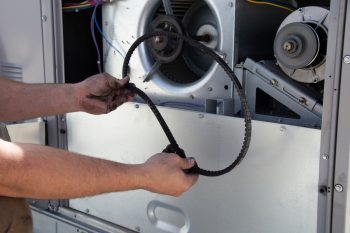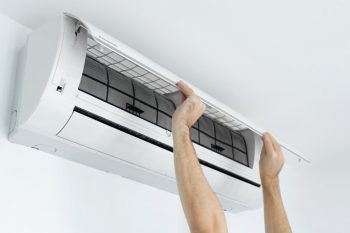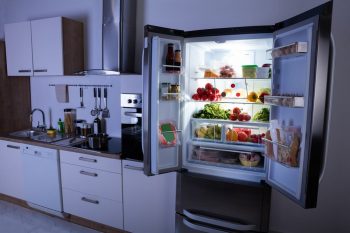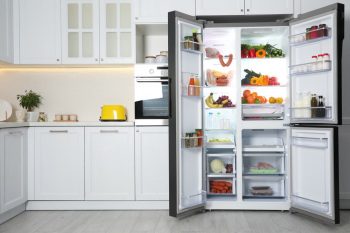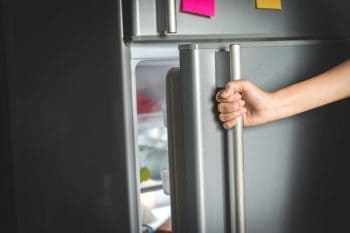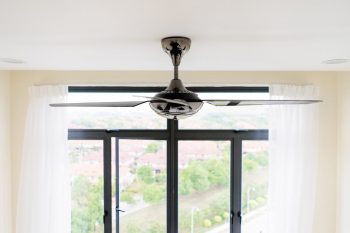
Understanding how to use the broiler under an oven can take your home cooking to another level. The broiler is a versatile tool that can help you achieve a restaurant-quality finish on your dishes, from melting cheese on a pizza to adding a nice char to your steak. In this comprehensive guide, we will walk you through the process of using a broiler, along with some safety precautions, maintenance tips, and delicious meal ideas.
To use the broiler under an oven, first locate the broiler which is usually in a drawer at the bottom of gas ovens or inside the main oven compartment. Arrange the oven rack 3-4 inches away from the broiler, preheat the broiler for five to ten minutes, and use broiler-safe dishes. Position your dish under the broiler and monitor the broiling progress closely to prevent burning. Always follow safety precautions when using the broiler.
What is a Broiler and Where is it Located?
A broiler is an element in your oven that provides high, direct heat, similar to a grill. It is used to quickly cook, brown, char, or caramelize food, enhancing its flavor and texture [^1^]. In electric ovens, the broiler is typically located inside the oven, with heating coils on the top. In gas ovens, the broiler is usually located in a separate drawer at the bottom.
How to Use the Broiler Under an Oven?
Here are the basic steps to use a broiler under an oven:
- Locate the Broiler: The broiler is usually located in a drawer at the bottom of the oven in older gas ovens. If your oven doesn’t have a broiler drawer, the broiler is inside the main oven compartment, attached to the top of the oven interior.
- Arrange the Oven Rack: Most recipes require you to place the rack 3-4 inches (7.5 to 10 centimeters) away from the broiler. Move the oven rack to one of the top two rack positions and use a ruler to measure the distance.
- Preheat the Broiler: Press the “broil” button on your oven or turn the oven temperature dial to “broil.” Allow the broiler to preheat for five to ten minutes before placing your food in the oven.
- Use Broiling Cookware: Make sure to use sturdy metal or cast iron pans when broiling your food.
- Position Your Dish Under the Broiler: Place your food on the prepared oven rack. For thinner foods, place them closer to the top of the oven, and for thicker, tougher foods, place them farther away.
- Monitor Broiling Progress Closely: Keep a close eye on your food while it’s broiling, as the high heat can quickly burn it if left unattended.
Safety Precautions While Using the Broiler
While using a broiler, there are several safety precautions you should take to avoid accidents and ensure proper cooking:
- Use Broiler-Safe Dishes: Opt for sturdy metal pans or rimmed sheet pans when cooking with a broiler.
- Position the Rack Correctly: Smaller pans and dishes should be placed farther away from the heating elements to prevent burning, while larger pans and dishes can be placed closer.
- Preheat the Broiler: Turn on the broiler for a few minutes before placing your food inside to ensure even cooking.
- Avoid Using Nonstick Cookware: Unless your nonstick cookware is explicitly labeled as “broiler safe” or “safe up to 550°F,” use all-metal pans instead.
- Don’t Broil Oily or Marinated Foods: Food marinated or drizzled with cooking oil can catch fire under the broiler’s intense direct heat.
- Monitor the Cooking Process: Keep an eye on your food while it’s broiling to prevent burning or overcooking.
- Follow Safety Tips: Preheat your broiler for three to four minutes before cooking, and always be cautious when handling hot pans and dishes.
Easy Recipes and Meal Ideas That Utilize the Broiler
Here are some easy recipes and meal ideas that utilize the broiler:
- Feta Topped Broiled Chicken: Season chicken breasts with salt and pepper, then broil until cooked through. Top with crumbled feta cheese and broil for an additional 1-2 minutes until the cheese is melted and slightly browned.
- Broiled Salmon with Dilly Beans: Season salmon fillets with salt and pepper, then broil until cooked to your desired level of doneness. Serve with a side of dilly beans, which are green beans cooked with dill, garlic, and lemon.
- Strip Steak with Mushrooms and Chive Sour Cream: Season strip steaks with salt and pepper, then broil to your desired level of doneness. Serve with a side of sautéed mushrooms and a dollop of chive sour cream.
Conclusion
The broiler is a powerful tool that can transform your home cooking. By understanding how to use it properly, you can achieve a restaurant-quality finish on your dishes. Just remember to follow safety precautions to prevent accidents and ensure your food is cooked to perfection. Happy broiling!
Frequently Asked Questions
Can I use glass or ceramic dishes under the broiler?
No, it’s not recommended to use glass or ceramic dishes under the broiler as they can crack or shatter under high heat. Stick to broiler-safe dishes like sturdy metal pans or cast iron pans.
How long should I broil my food?
The broiling time can vary depending on the type of food and its thickness. For instance, thin fish fillets might take only 2-3 minutes per side, while a thicker cut of meat might require 5-10 minutes per side. Always monitor your food closely when broiling.
How can I clean the broiler?
To clean the broiler, wait until it has cooled down completely. Remove the broiler pan and grid, and clean them with warm soapy water. For stubborn stains or burnt-on food, you can use a scrub brush or a paste made from baking soda and water.
Can I leave the oven door open when broiling?
In some ovens, especially older models, you might need to leave the oven door slightly ajar when broiling to ensure proper ventilation. However, many modern ovens are designed to broil with the door closed. Check your oven’s instruction manual to be sure.
What is the difference between broiling and baking?
The main difference between broiling and baking is the heat source. When you’re baking, the heat comes from the bottom and is evenly distributed throughout the oven. When you’re broiling, the heat comes from the top and is direct, which can cook and brown food quickly.


